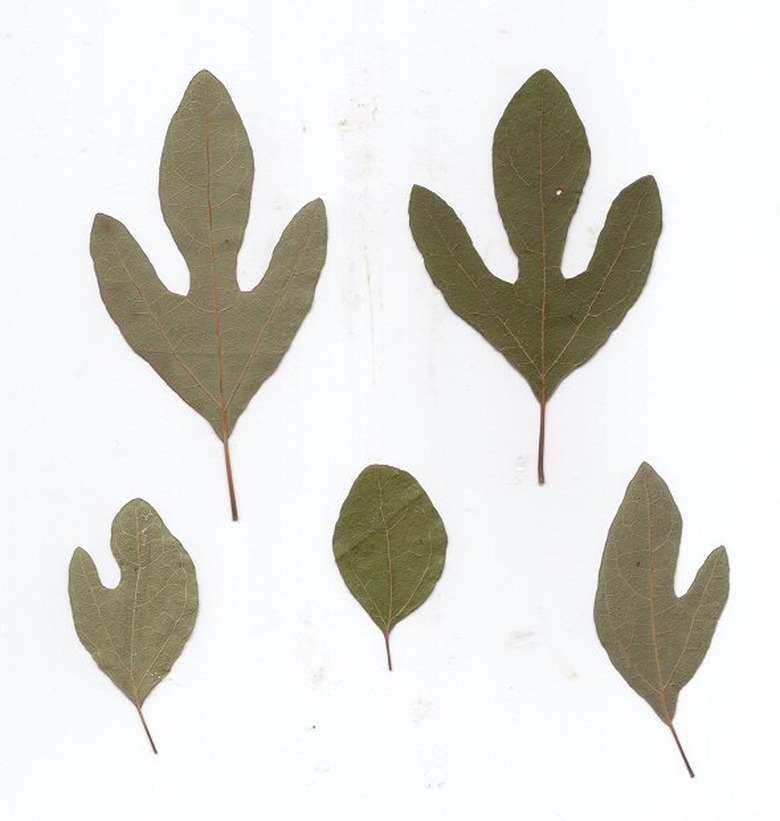How To Identify Sassafras
Many people – city-dwellers especially – often pass by their local flora without a second glance. Sassafras, however, requires not just recognition, but appreciation. This common plant, along with its distinct aroma, has often been used as the primary ingredient in various teas and perfumes. And even when plucked straight off the branch, it can provide a welcome, pleasant odor after a long, hard day.
Step 1
Think about whether sassafras-6767.html)-6767.html)-6767.html) grows in your area. It is common throughout the eastern United States and stretches as far west as Missouri and as far south as Louisiana.
Step 2
Note the season. In the spring, the tree grows small, lemon-yellow flowers, which are followed by oval, half-inch blue fruits. In the winter, the bare branches will extend outward horizontally, their tips swollen and rounded and turned upwards like fingers on an open palm.
- Many people – city-dwellers especially – often pass by their local flora without a second glance.
- And even when plucked straight off the branch, it can provide a welcome, pleasant odor after a long, hard day.
Step 3
Pay special attention to the leaves: Sassafras leaves come in a few distinctive shapes, and all of those types can be found on one tree. The leaves can be elliptical, but most distinctive is the variety with two lobes on one side, separated by a single recess; it will resemble a mitten. Leaves can also come with three lobes and symmetrical recesses.
Step 4
Crush one of the leaves in your hand. Take a good whiff: it may smell remarkably like Fruit Loops. This odor, in conjunction with the other characteristics, mark the leaf as sassafras.
Sassafras Bloom?
In spring, yellow flowers bloom in clusters before the first leaves bud out. The flowers bloom at the branch ends, covering the canopy and creating contrast between the bare branches and light-colored blossoms. Beneficial insects, like bees, pollinate the flower clusters. Clusters of glossy, black berries appear in late summer and early fall. Birds flock to the trees and squirrels and other small mammals climb to get the berries. Once the leaves bud out in late spring, they remain green through the summer and early fall. The oval leaves grow 4 to 8 inches long and 2 to 4 inches wide. Try picking a leaf and crushing it in your hand to release the pungent aroma. In fall, sassafras displays a riot of color turning yellow, purple, red and scarlet. Sassafras grows in part shade or full sun and requires soil with good drainage and a slightly alkaline pH. Unless you want your sassafras tree to turn into a shrub, cut any suckers that grow out of the root base as they appear.
- Pay special attention to the leaves: Sassafras leaves come in a few distinctive shapes, and all of those types can be found on one tree.
Tip
The smell of sassafras is distinctive enough that it has often been used in teas and perfumes.
